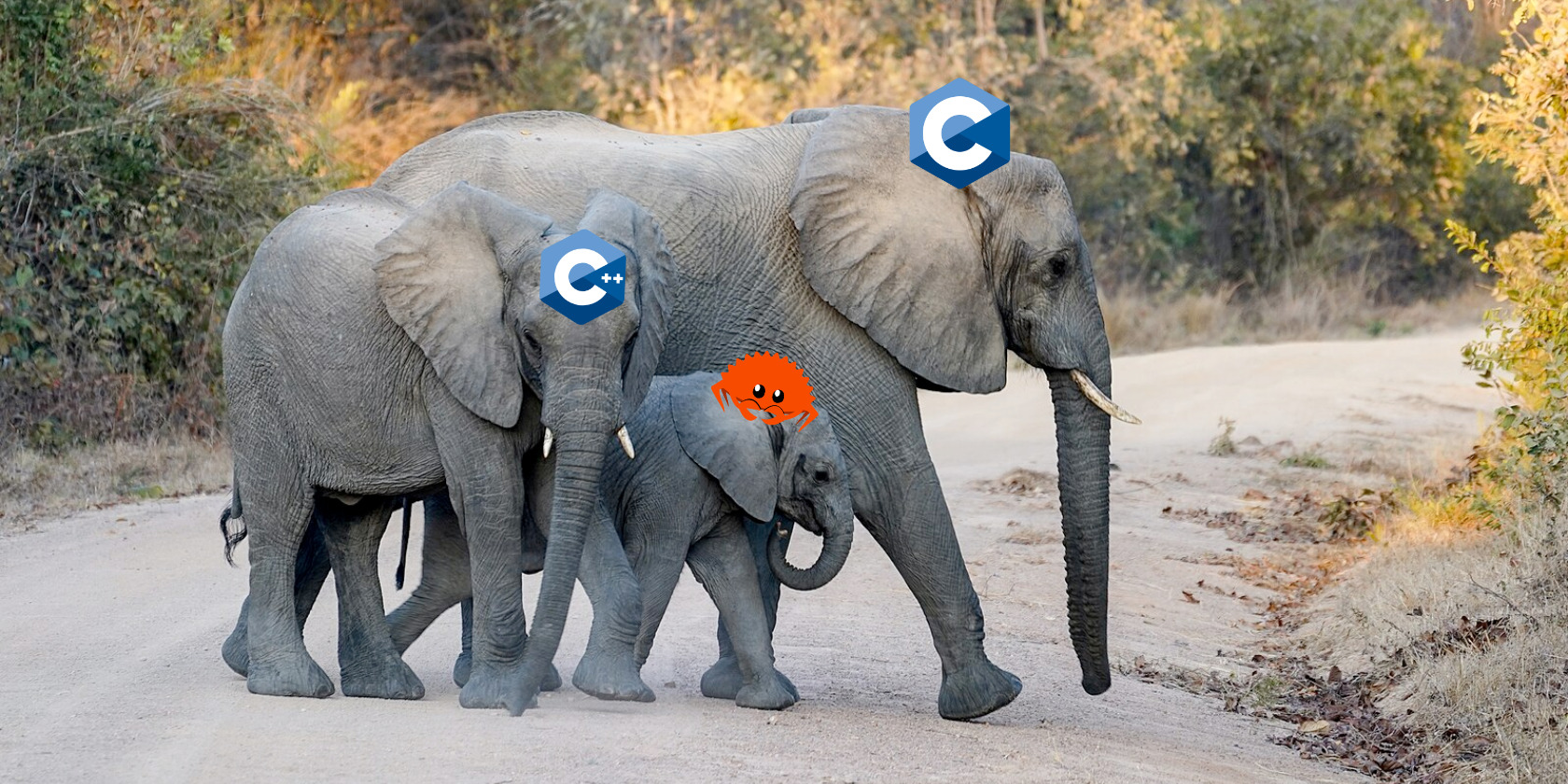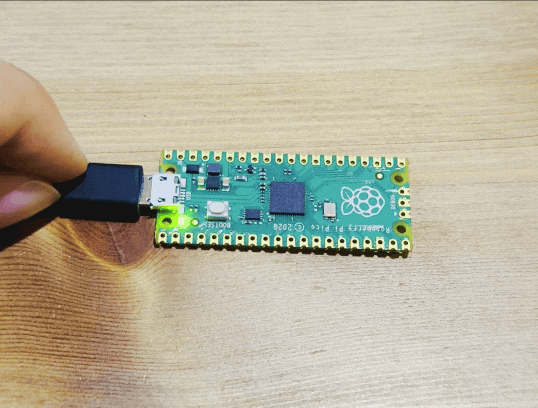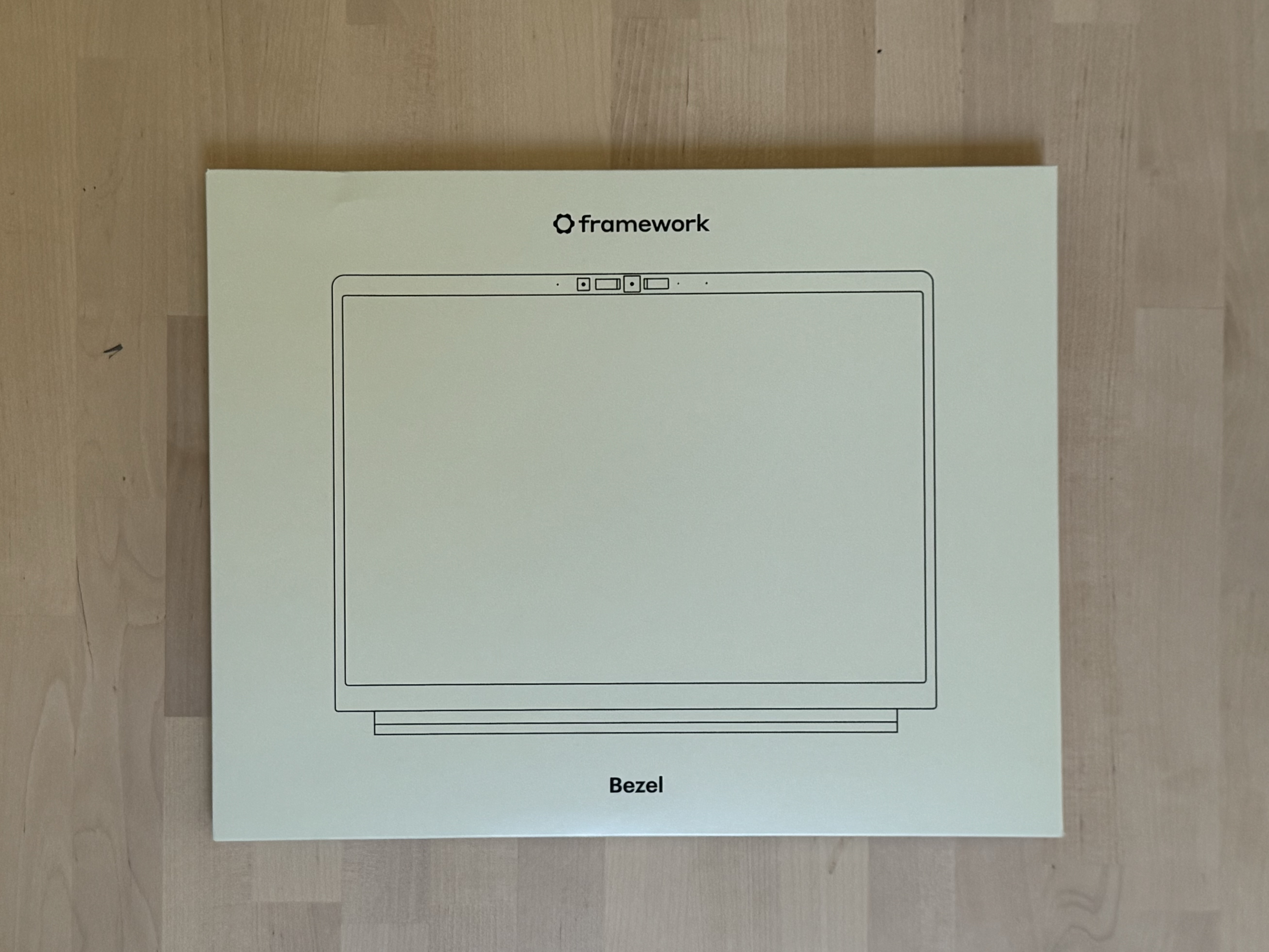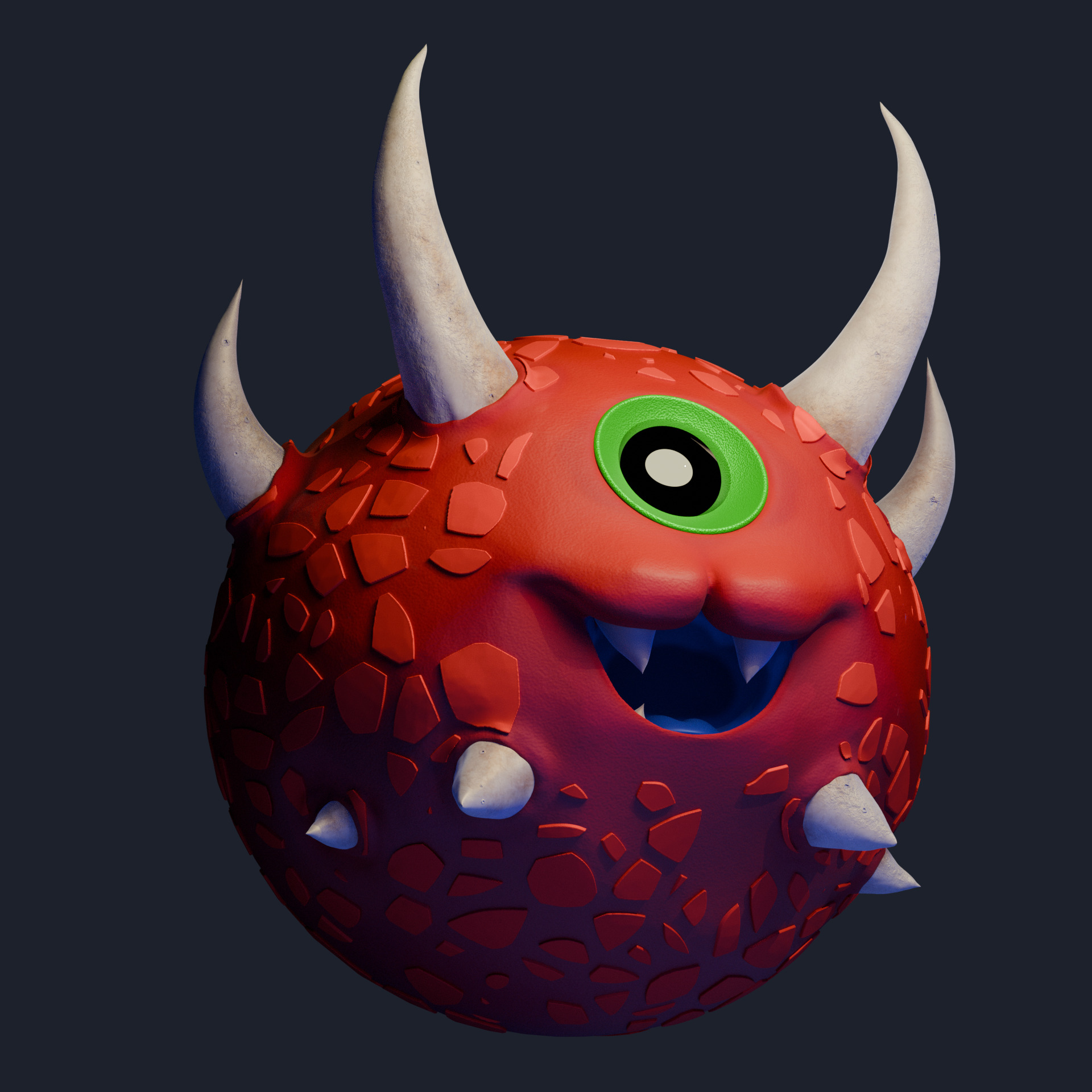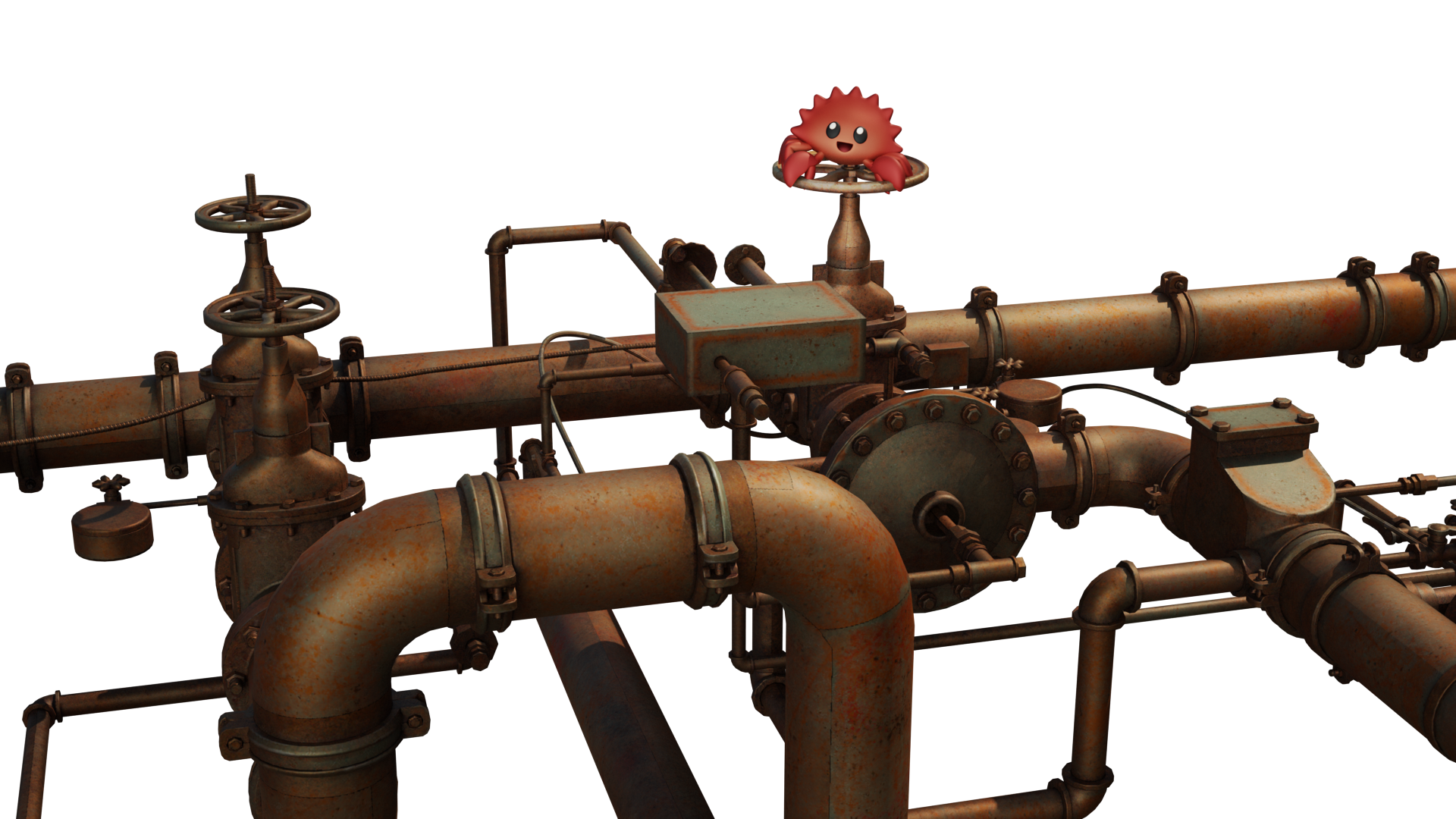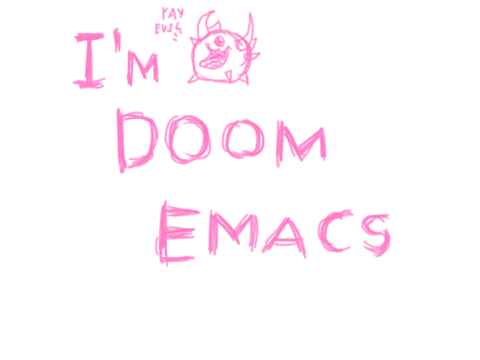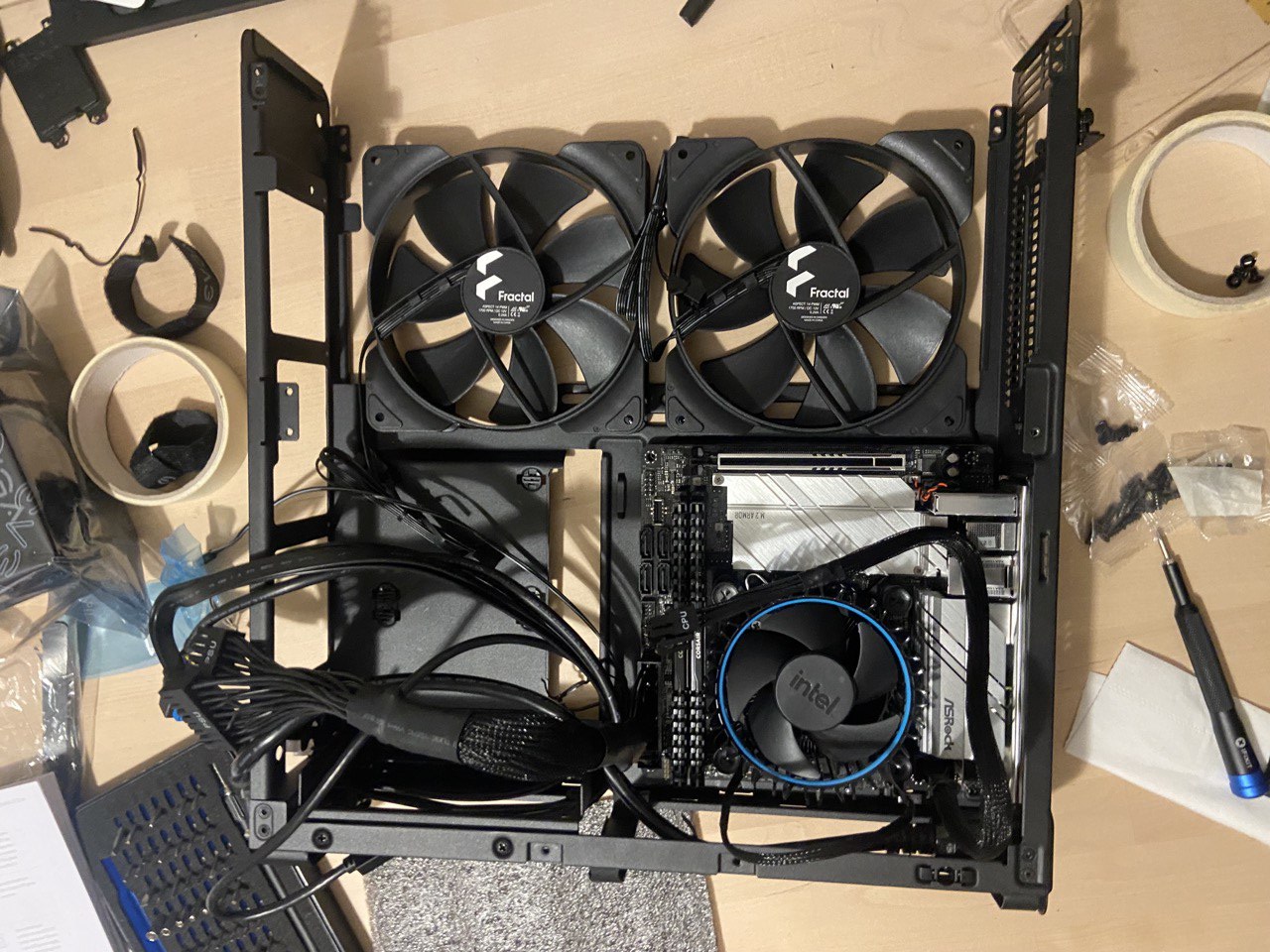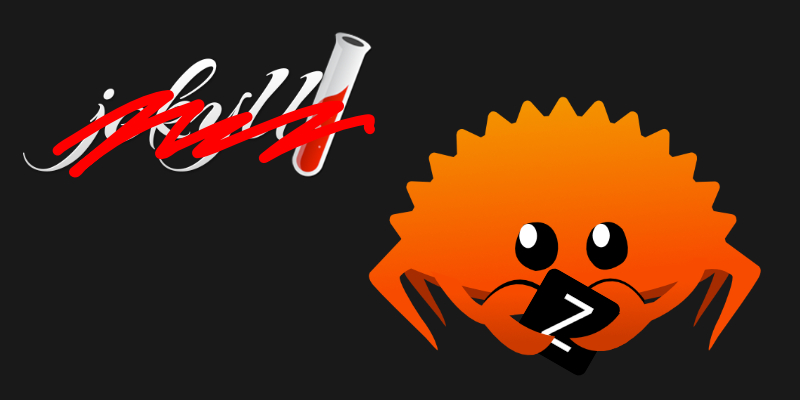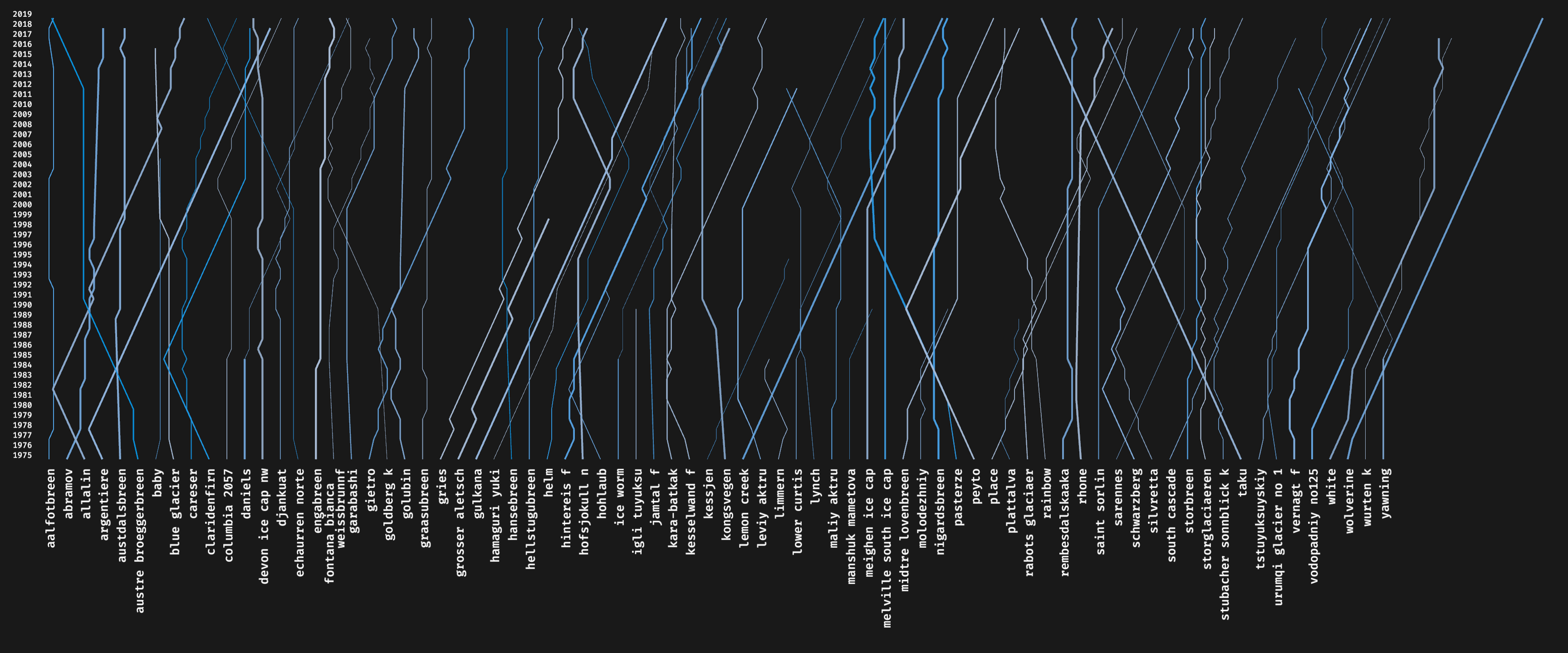It is no surprise (see Choosing to work with Common Lisp in 2023) that I've been trying to build my perfect creative coding framework for a while.
Something that:
Ideally, it might even have support for working in scene linear, like Nannou.
I'm currently at my 3rd iteration of this adventure. It's a pet project: I might work on it a few hours every several months, or a few intense days in a row; I don't care if it never sees the light of the day, at this stage I just work on it to fulfill an internal need.
I always wanted it to be written in Rust, and to be hackable via a higher level scripting language (first a declarative one, then Python via PyO3, and for v3 I'm exploring a small Scheme-like interpreter).
In those ~3 years that I embarked in this part-time adventure, I completely lost trust in wgpu (the crate) getting somewhat stable anytime soon, so now I'm rewriting the graphics backend to move away from the need to constantly play catch-up with wgpu.
In this post I just try to piece together the puzzle of "how the realtime graphics Rust ecosystem looks like today", to understand where it makes sense to bet.
